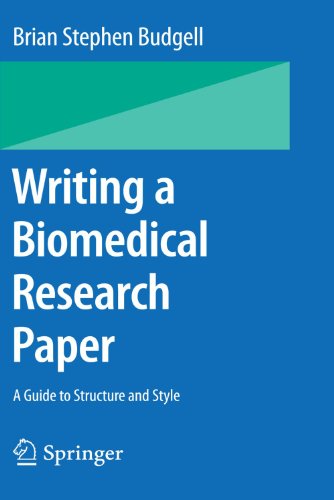

Most ebook files are in PDF format, so you can easily read them using various software such as Foxit Reader or directly on the Google Chrome browser.
Some ebook files are released by publishers in other formats such as .awz, .mobi, .epub, .fb2, etc. You may need to install specific software to read these formats on mobile/PC, such as Calibre.
Please read the tutorial at this link: https://ebookbell.com/faq
We offer FREE conversion to the popular formats you request; however, this may take some time. Therefore, right after payment, please email us, and we will try to provide the service as quickly as possible.
For some exceptional file formats or broken links (if any), please refrain from opening any disputes. Instead, email us first, and we will try to assist within a maximum of 6 hours.
EbookBell Team

0.0
0 reviewsAll of us in biomedicine understand the urgency of getting experimental results into print as quickly as possible. Yet this critical step in the cascade from research conception to publication receives almost no attention in our formal training. It is as if we have been put to sea without a compass. Our collective failure to achieve widespread literacy in our own language – Biomedical Language – seriously impedes the important process of d- seminating new biomedical knowledge and thereby improving the human condition. It is also a significant personal concern for researchers and clinicians in the highly competitive, publish-or-perish environment of c- temporary academia. Of course, if we are clever or lucky enough to come up with that Nobel Prize-winning discovery, great science will carry the day and we are likely to get published even if our writing is fairly horrid. But most of us who publish are “bread-and-butter” scientists. We compete for space in journals which may only accept 10% or 20% of the submissions that they receive each year. For us, convincing, engaging writing will make the difference between being published or rejected, or at least it will make the difference between being published on ? rst submission or having to go through a number of revisions (or journals). None of this is to propose that good writing can make a silk purse out of a sow’s ear. Scienti? c content is the sine qua non of biomedical writing.